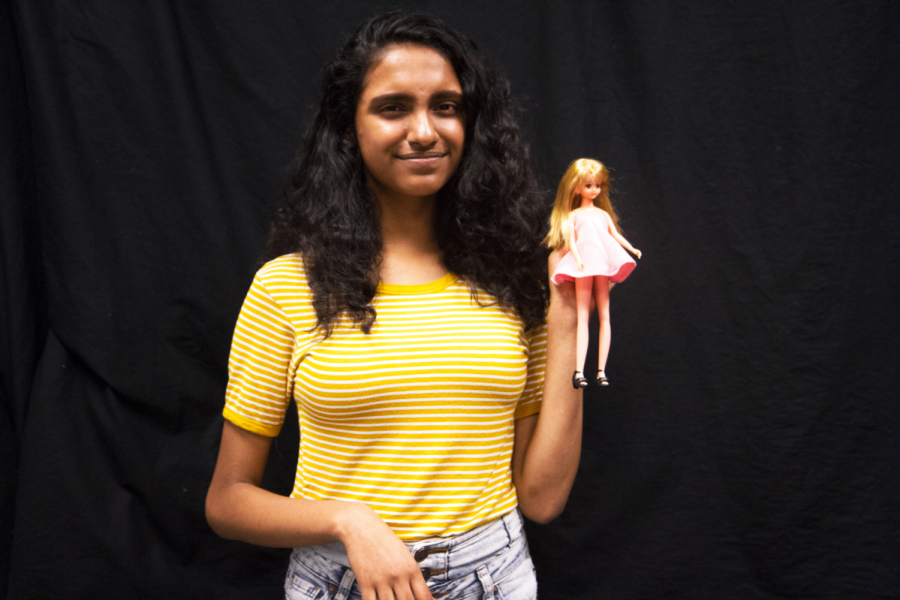Balmain virtually robs models
October 5, 2018
The collection featured three models of different ethnicities, but unlike many models in the fashion industry, these three had one distinct feature: they weren’t real. In an attempt to incorporate technology into the world of fashion and to diversify the Balmain Army, the French designer brand Balmain recently released a campaign for its pre-fall 2018 collection featuring three virtual models: Shudu, an African model; Zhi, a Chinese model; and Margot, a French model. While the idea of employing virtual models has been gaining traction in the fashion industry, virtual models take away jobs from working models who are already struggling to get jobs in the highly selective industry, especially models from minorities.
As an Indian girl growing up in America, I spent a large portion of my childhood watching television shows and movies featuring girls who had long, beautiful blonde hair and sparkling blue eyes. I thought I needed to have similar features to be beautiful, yet I had none of those. It took me a number of years to realize that it was acceptable to be different and that I didn’t need to look like a stereotypical American girl to be considered beautiful.
Replacing real models with virtual ones make minorities feel replaceable and insignificant. Fashion houses are giving away runway positions that could be given to actual models of color. It is already rare to find a model of color in a predominantly white industry, and replacing them with virtual models just as they are starting to gain more representation is counterproductive. In the 2015 Spring New York Fashion Week, only 20.9 percent of the models were colored. In 2018, the number increased to 36.9 percent. Despite this growth, minority models still face difficulties breaking into the industry, difficulties that have been exacerbated by Balmain’s virtual models. It is unfair to replace working models with virtual creations. It almost feels as if colored models aren’t good enough, forcing Balmain to create virtual models for the sake of diversity.
When I saw the virtual models, I felt uncomfortable and a little scared by the impact seeing virtual models may have on children. Using virtual models would lead to a new, unattainable standard of beauty that could not only harm people of color but also the children who look up to those women. As someone who used to be heavily influenced by the standard of beauty I saw in the media, I know that it has the ability to shape people’s perception of the world, especially those of a child. Virtual models give the designers more power to reinvent the standard of beauty, erasing the imperfections and setting impossible body types as the norm for adolescents.
Diversity and representation within the media is important in opening our minds to different cultures and establishing a new standard of beauty in which race doesn’t matter. Balmain is a brand that has always been at the forefront of the fight for representation of all ethnicities, especially since its creative director is a French African man himself. Rousteing has always been open about hiring models regardless of their ethnicity, and his support for minorities within the industry has been a driving force in the push for representation. For him to abandon his efforts in favor of technology would negate all of his previous efforts. It is important that Balmain keeps diversity as a priority and to continue pushing for more representation of minorities in the industry rather than employing CGI models.



































































